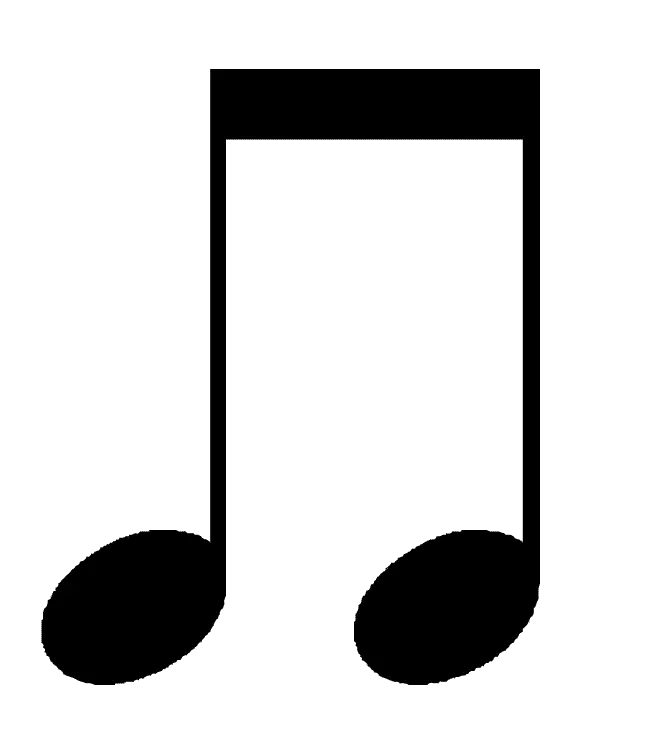Welcome to the Corchea repository! A simple plug and play low-cost and open-source hardware that support a paper based microfluidic system for biological applications. The device use negativepressure to generate constant flow of liquid without pumps. The liquid flow through wax channels in paper that can be printed or hand-drawn with crayons for rapid prototyping. The device can be easily plugged into Fluopi for fluorescent image acquisition. It can be used for bacterial culture,directed communication and pulse induction.
Poster : Here
Protocol: Here
Corchea use paper capilarity to move fluids across the paper, like candles or plants. There are two regimes, capilarity when paper is dry and wet-flow when paper is fully wet by the Darcy Law.
In Corchea one end of the paper is submerged in liquid (dye, media), the rest of the paper is covered with acrylic to avoid evaporation except for the opposite end. This create a pressure difference that makes liquid flow towards the evaporating end.
In our design both ends of the paper are at the same side making it easy to plug into a transilluminator or imaging station like FluoPi, to transport and to use.
Corchea works as a hardware platform to pass a sample through a biosensor. It can sample continuously and detect changes on the environment. You can analyze the response or output usig Corchea_DiscAnalyze_Pulse
Here is a list of possible tasks you can help with. Remember that you can help in things that are not in this list, just contact us and tell us how you want to cooperate or what do you want to do.
Hardware:
- Designing/optimizing the paper-fluidic setup
- Customizing the design to your needs
- Testing the setup
Software:
- Creating/optimizing analysis code
- Computer vision,recognition and segmentation of objects
- Deep learning CNN, RNN, GCN
- Tensorflow, Keras implementations
Biology:
- Microbiology
- Environmental microbiology
- Creating/testing biosensors
- Creating/modifying/testing genetic constructions
- Implementing new reporters (fluorescent, colorimetric, enzimatic, etc)
- Biomaterials
Content:
- Creating new educational content using Corchea
- Creating new experiments using Corchea
Using the device and give us feedback, we will apreciate it!
If you like to learn doing projects, you are a maker or you just want to contribute this is a fun open-source interdisciplinary project to be part of. It uses, 3D printing, laser cut, paper-based microfluics, microbiology, synthetic biology, data science. Did I mention that is also low-cost so it is not expensive to replicate, and you can do it in the comfort of your home or lab (with apropiate sterility protocols if necessary). So yeah, what are you waiting for? an invitational letter? (This message count as invitational letter)
Also is highly probable that the results will be published in an Open Acces peer-reviewed scientific journal or at least a BioRxiv preprint and you can be a co-author!
The project starts with the idea of do cell-free in paper discs, sadly we run out of cell-free reactants so I only have paper to play around. So I took some paper draw some channels, put senders and receivers and see what happens in a time-lapse. The results where cool so I keep playing with it until nowdays with a whole cell orientation. The name of this project comes from the musical note quaver or eighth note, in spanish corchea. The first version of the device on 2017 used two petri dishes connected with a U shaped strip of paper look very similar to corchea, more specificaly to the unicode symbol U+266B for corchea. A musician friend makes me note that in fact that shape is a double corchea, but is too long and I have too many files with this name so it will remains as Corchea.








